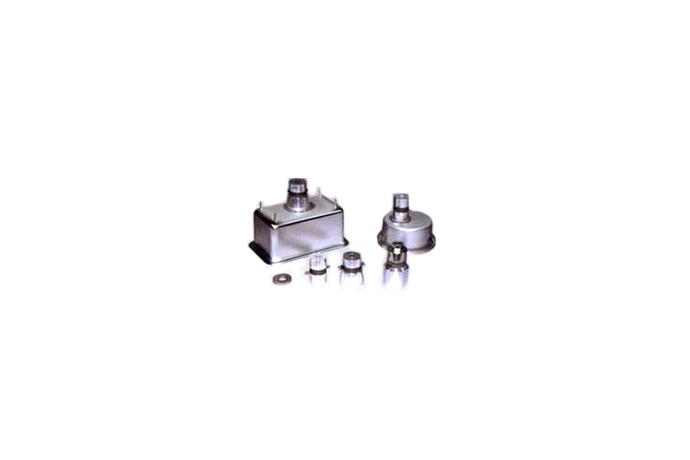Ultrasonic cleaning is a result of sound waves introduced into a cleaning liquid by means of a series of transducers mounted to the cleaning tank.
The sound travels throughout the tank and creates causes altemating energy like low and high pressure pattems. Minute bubbles form durig low pressure phases.
And then, when the subsequent high pressure phases, this bubbles implode violently called cavitations.
This cavitations provide the bubble expansion and collapse cycle, because of the very short duration of this cycle, the liquid surrounding the bubble quickly absorbs the heat and the area cools quickly.
The bubbles are very small enough to penetrate a narrow crack or opening for fine cleaning. As a result, ultrasonic cleaning is one of the most highly effective and efficient methods.
An ultrasonic cleaning system makes up a generator which gives electrical power to the transducer, immersible transducer that converts to mechanical energy in the form of pressure phases and a tank as follow picture.
Ultrasonics in cleaning give good removal of mechanical impurities.
ㆍUltrasonic cleaning is always an immersion cleaning
ㆍMechanical cleaning effect is not achieved by ultrasonic energy direct, but by cavitations created by ultrasonic.
Ultrasonic → Cavitations → Cleaning
Features
- 25kHz∼40kHz simultaneous Multi-Frequency
- Available in 200,400,600,1200 Watt"
- Power lntensity Control (PIC)
- 100/120/230/240 Voltage options
- 220V×60Hz standard
Specifications(Generator)
|
Model |
Dimensions |
Required Liquid Vol |
Heater Capaity (Option) |
Basket Size (Option) |
Ultrasonic Generator |
|||||
|
A |
B |
C |
D |
E |
F |
|||||
|
DUC-1S-200 |
260 |
210 |
180 |
350 |
300 |
370 |
7ℓ |
300W |
220×170×90H |
DUG-200 |
|
DUC-1S-400 |
310 |
240 |
220 |
400 |
330 |
400 |
13ℓ |
300W×2 |
270×200×130H |
DUG-400 |
|
DUC-1S-600 |
340 |
260 |
250 |
430 |
350 |
440 |
18ℓ |
1KW |
300×220×160H |
DUG-600 |
|
DUC-1S-1200 |
450 |
400 |
460 |
560 |
510 |
630 |
60ℓ |
3KW |
410×360×250H |
DUG-1200 |











